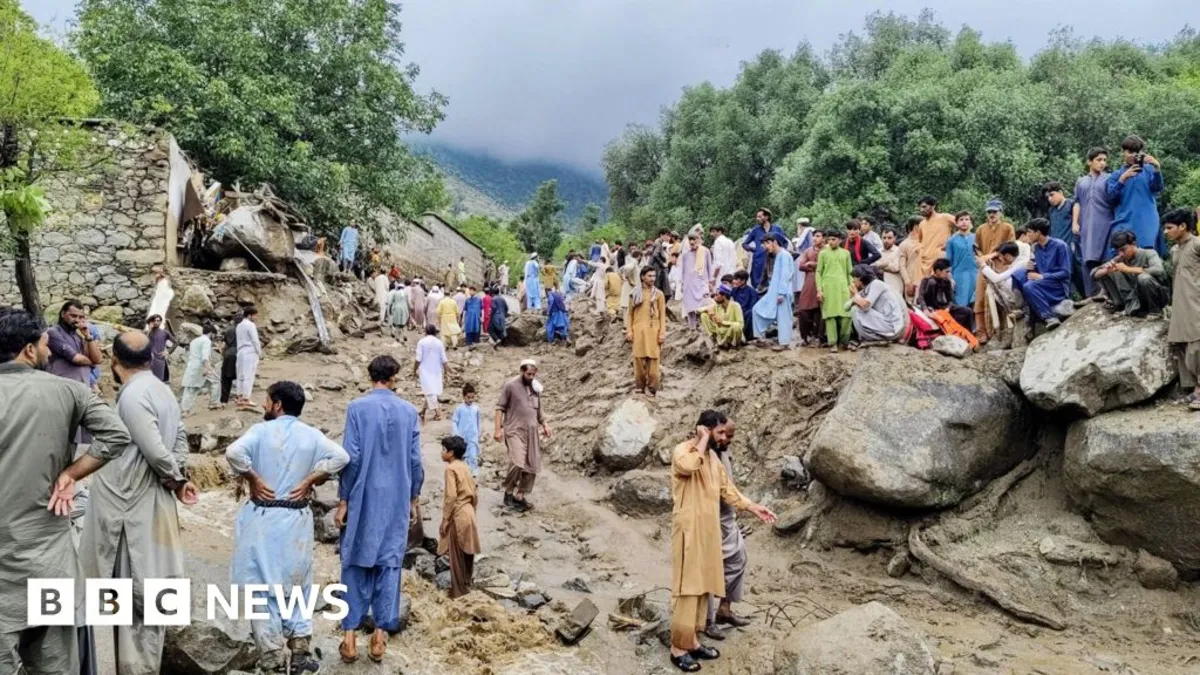
In a devastating turn of events, heavy monsoon floods and landslides have claimed the lives of at least 194 people in Pakistan and Pakistan-administered Kashmir over the past 24 hours. The brunt of this disaster was felt in the mountainous region of Khyber Pakhtunkhwa province in north-west Pakistan, where disaster authorities reported that the majority of fatalities—180—occurred.
The relentless rains have not only led to tragic loss of life but have also resulted in significant destruction. At least 30 homes have been completely destroyed, and during rescue operations, a tragic helicopter crash claimed the lives of its five crew members. In addition to the casualties in Khyber Pakhtunkhwa, nine fatalities were reported in Pakistan-administered Kashmir, while five individuals lost their lives in the northern Gilgit-Baltistan region.
Government forecasters have issued warnings of ongoing heavy rainfall expected to continue until August 21 in the northwest of the country. Several areas have been designated as disaster zones due to the severity of the flooding. Local resident Azizullah described the terrifying moment when the floods struck, likening the experience to a doomsday scenario. "I heard a loud noise as if the mountain was sliding. I rushed outside and saw the entire area shaking, like it was the end of the world," he recounted, expressing the sheer terror that accompanied the rising waters.
The chief minister of Khyber Pakhtunkhwa, Ali Amin Gadapur, confirmed that the M-17 helicopter crashed due to adverse weather conditions while en route to Bajaur, a region bordering Afghanistan. In Bajaur, scenes of despair unfolded as a crowd gathered around an excavator working tirelessly to clear mud-soaked hills. Nearby, funeral prayers commenced, with mourners grieving over several bodies covered by blankets.
In the Indian-administered part of Kashmir, the situation remains critical as rescuers continue to pull bodies from the mud and rubble left by a flood that swept through a Himalayan village, resulting in at least 60 deaths and leaving dozens more missing. The monsoon rains, which typically occur between June and September, account for approximately 75% of South Asia's annual rainfall, making flooding and landslides a recurring hazard in the region.
This year's monsoon season has been particularly deadly, with more than 300 people reported dead due to flooding and landslides. The province of Punjab, home to nearly half of Pakistan's 255 million people, recorded a staggering 73% increase in rainfall compared to the previous year, leading to a higher death toll than in the entire previous monsoon season. Scientists warn that climate change is exacerbating the frequency and intensity of weather events, making such tragedies increasingly common.